Imagine a huge lump - a lump - of marble.
.
.
Rough and unhewn around the edges. It looks as if someone has tried and yet failed to cut it in two. Halves. Equals. A vertical cut, narrow - extending all the way over the outside of the stone - top to bottom - front to back - but not all the way through: one point remains unbroken on the very inside of the lump. The stone is large in height and width, but not breadth. An oval on its side, wider than it is tall - taller than you stand and twice as wide as the span of your outstretched arms.
Huge.
The narrow vertical cut is carefully made, the edges taper off to the left and to the right, they are not rough but are not quite smooth. The temptation to place your fingers within the crack and explore its width is great.
So you do.
You reach out and slip your hand horizontally into the gap - it is just wide enough, slightly scraping your thumb and your smallest finger. You let your hand travel up as high as you can reach and you feel the stone opening to the sky above your head. As you bring your hand down your knees bend, so that you move down in front of the space within the rock to its base - you can feel the slit disappear along the ground in front of you under the stone. You remove your hand and walk around the rock to the other side and repeat the process. Up to the sky. Down to the ground.
That is partially satisfying.
If you press the two palms of both your hands together you can put both into the cut in the rock - if only you could break it open! Reveal what is inside. You reverse your hands so that the palms face outwards and your knuckles knock together. You muster all the force of your body in your arms and pass the strength to your outturned hands - but you know this human force is not sufficient to break the marble lump in two.
Your exertions and unsatisfied inquisitiveness tire you. So momentarily you step back.
The rough lump of marble is in a low lying field. A flat, open field. Wide and long. Grass. Short. Some moss. The field is surrounded on all sides by woodland. There is no obvious track by which the rock would have been brought here. The trees are not densely packed. Deciduous. Spaces between each tree, but always another tree in front of or behind each space. There is undergrowth. There are brambles. No hedge or fence or wall separates the trees from the field. Whether the field was once woodland is unclear - there are no stumps to be seen in the field.
So, there you are. Alone in a field surrounded by trees, grass and moss under your feet, a large lump or rock at the centre of the field. The sky above, overcast.
And then the sun breaks through the grey clouds and lights up the space around you. And lights up the space inside the slit in the rock. You walk forward and you lean to peek in and you see the work of the sculptor quite clearly for the first time.
Within the rock two figures are reaching out to each other - one from each side of the cut, left and right.
They yearn to touch and their fingertips have just managed to make contact in the centre of the gap - whilst their bodies are held back, still within the unhewn inner stone. They stretch and strain to embrace each other - each head is directed towards the other - lips parted as if each wants to kiss the lips of the other and take in the taste - the sweet and the sour - the touch - soft and yielding, yet hard and uncompromising - the warmth, the cold, the dryness, the moistness of the mouth and the tongue of the other.
The eyes of one figure are open - startled and aware of the impossible and yet minuscule distance between them. The eyes of the other are closed in relaxation - knowing the closeness and near completeness of the joint desire.
For one the desire is sufficient to bring the both together - for the other the distance is sufficient to keep the both apart.
For you, the silent observer, there is no desire, no distance - just one lump of rock almost cut into halves, that a sculptor left seemingly unfinished but with a hidden secret: that you, with all the human strength and inner will you posses, can neither bring back together as a whole. Or finally split apart into two.
And only the sun's light lets you see inside.








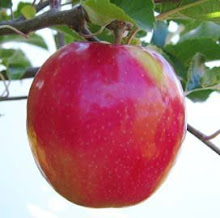









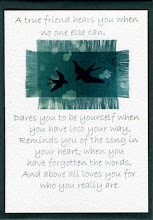

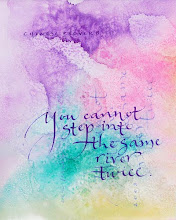

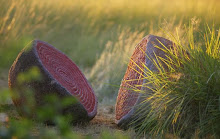



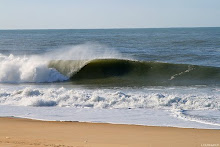






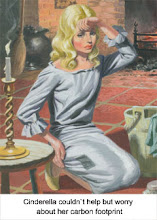


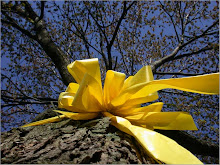




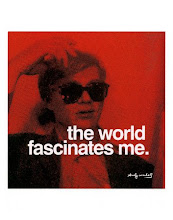









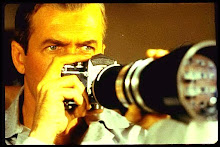







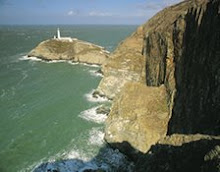
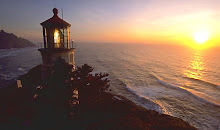






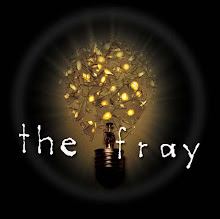








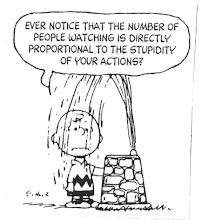
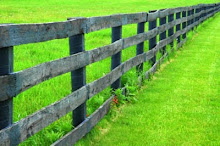

10 comments:
The punctuation's amazing--as is the piece.
I can imagine, actually.....and did.
I even got a really good sense of the 'feel' of both sides.
And you thought that would be a perilous read?
I think it's wonderful!
IS there a rock sculpture--cuz there oughta be.....
Gee! I skip a day or two and when I come back again...whammo! So much to catch up on (and prepositional endings are almost as bad as split infinitives, aren't they!!)
SOmetimes, I read your lines and wish I could sit and have coffee with you. And sometimes I read between your lines and wish...well, I wish good things. You sound much happier.I hope I'm right.
Ooooooooooh.
Damn, that's an impressive piece!
Rocks and stones are the bones, the very structure of our planet and in a few lines you've changed forever the way I might look at them.
Magical.
((((( ILTV )))))
AND it's even more amazing in techni-colour.
is it real? can we all go and see?
mmmmmmmmm lovely!
How you've written this makes me desperate to go and see this work myself. You've brought it to life and then gone inside it and then stepped back and given us the heart of it.
It's all in the eye of the beholder.
it's not "real"
I am imagining it
and now I'm trying to draw it. . .
(would be in the style of the figures from William Blake's The Marriage of Heaven and Hell, or of whoever illustrated my version of The Prophet)(which is in a box in the cellar, so I can't look up the illustrator)
Well I'm still desperate to see it!
:-)
You could scan the drawing?
Oh, and while you were looking for that juicer you didn't stumble across that camera cord, didya?
;-)
Post a Comment